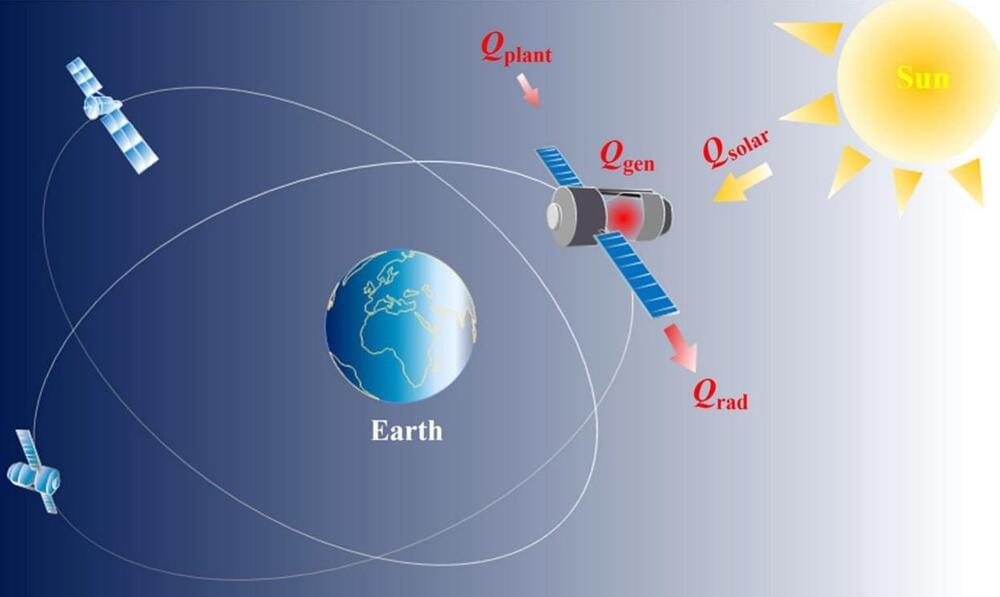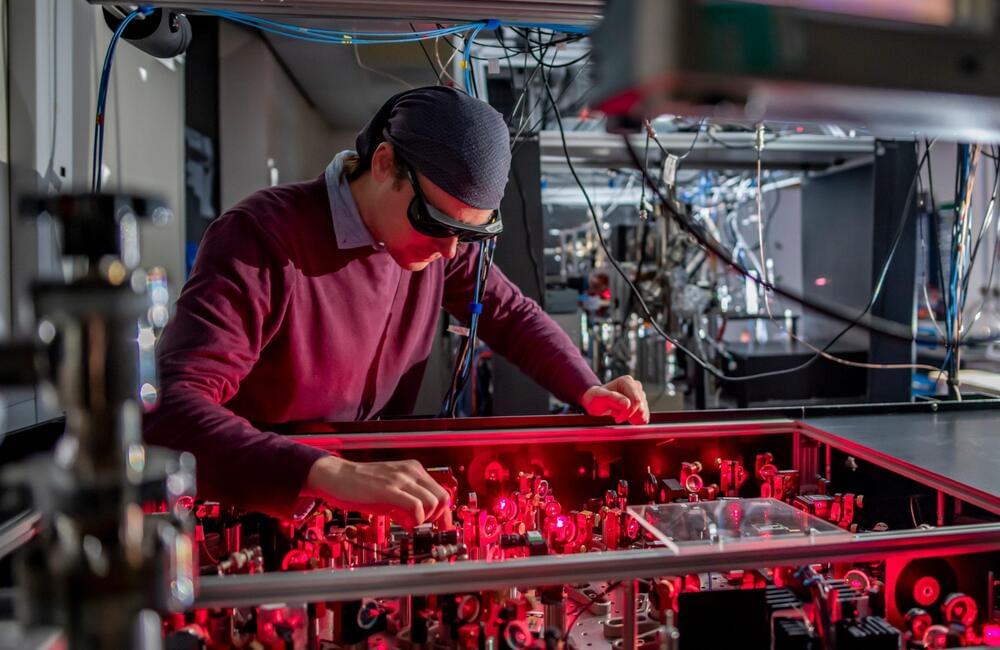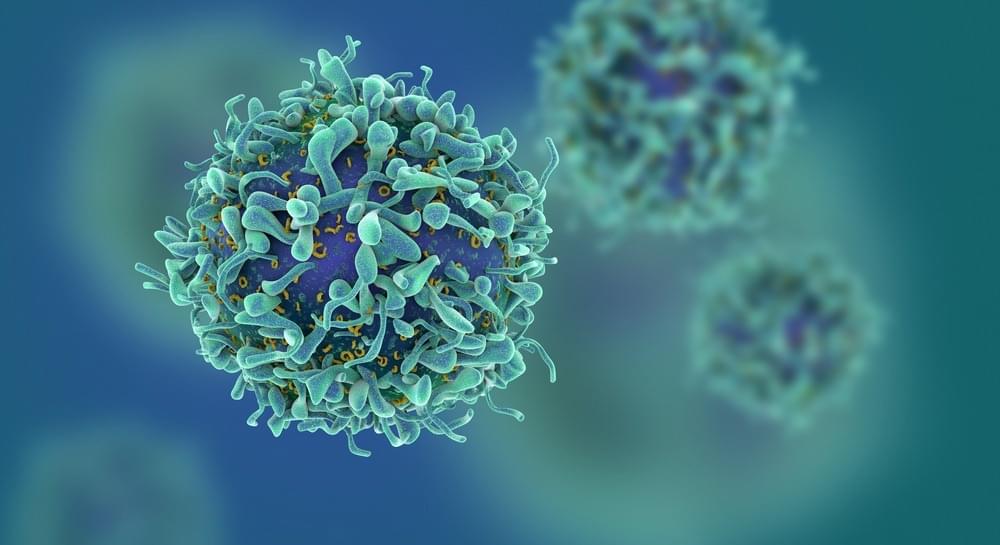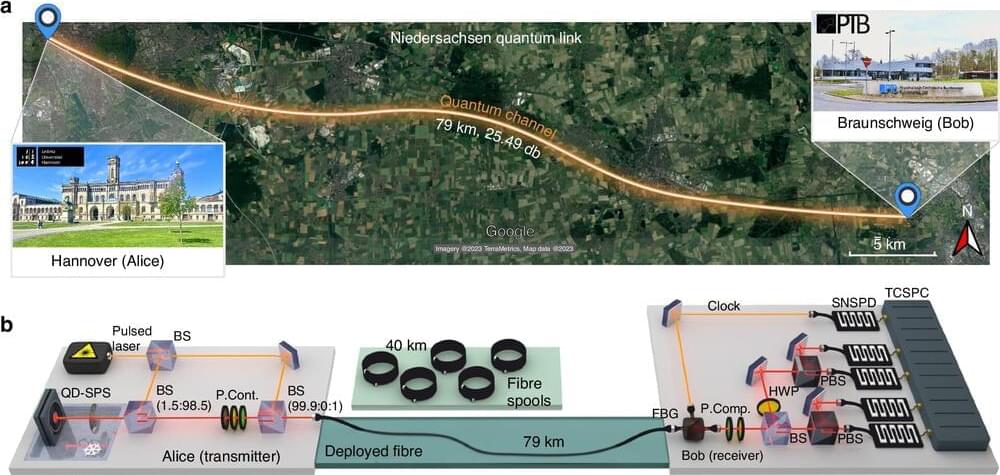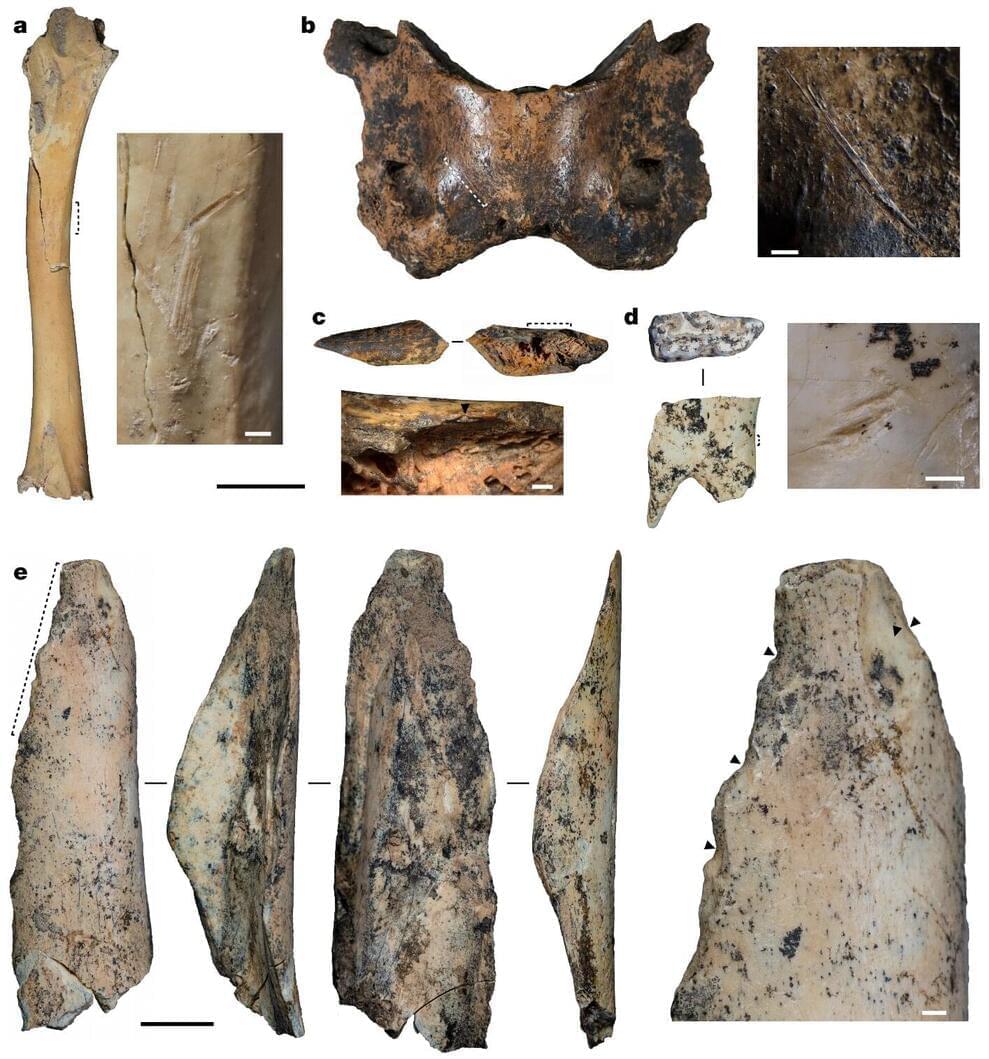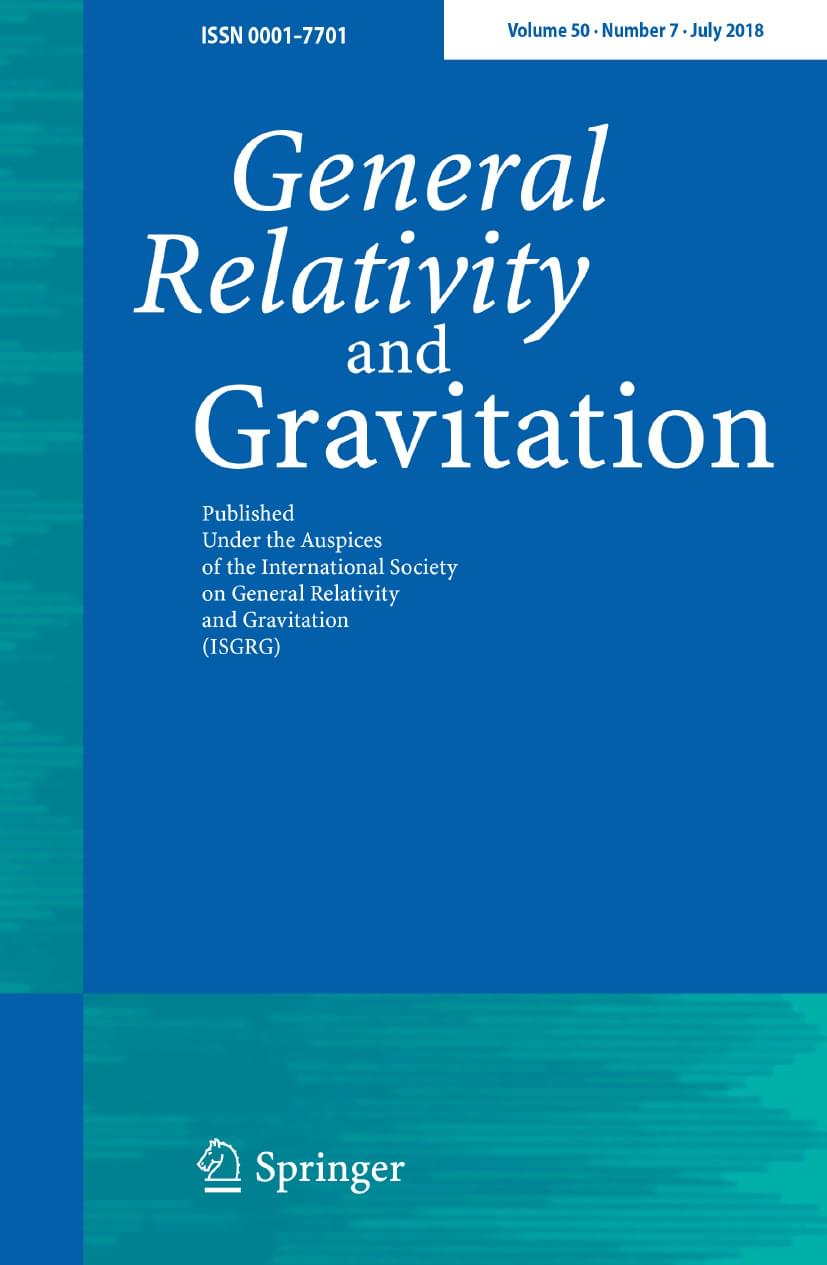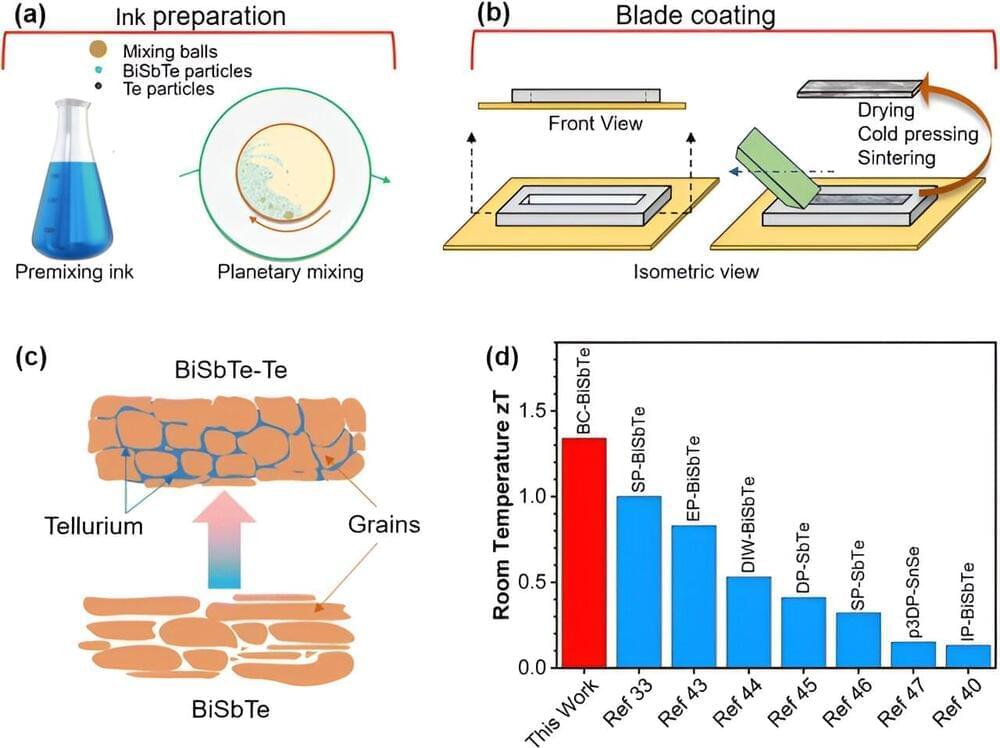A new review examines advancements in thermal management technologies (TMTs) for spacecraft electronics, tackling the problems of heat acquisition, transport, and rejection in the extreme conditions of space. This review is intended to inform the development of future thermal management systems for spacecraft, enhancing both the reliability and effectiveness of space missions.
Spacecraft electronics operate under extreme conditions, facing issues like microgravity, thermal cycling, and space radiation. These factors necessitate robust thermal management solutions to maintain the functionality and longevity of onboard equipment. Traditional thermal control methods often fall short in addressing these challenges. Based on these challenges, there is a need to conduct in-depth research on advanced thermal management technologies to ensure the stability and efficiency of space missions.
